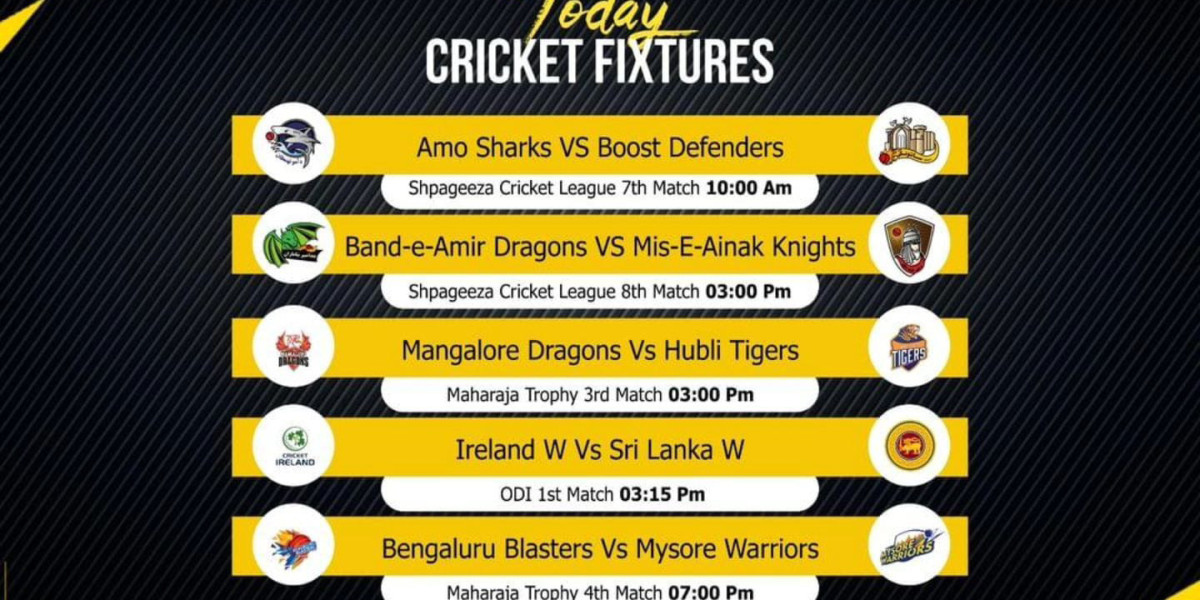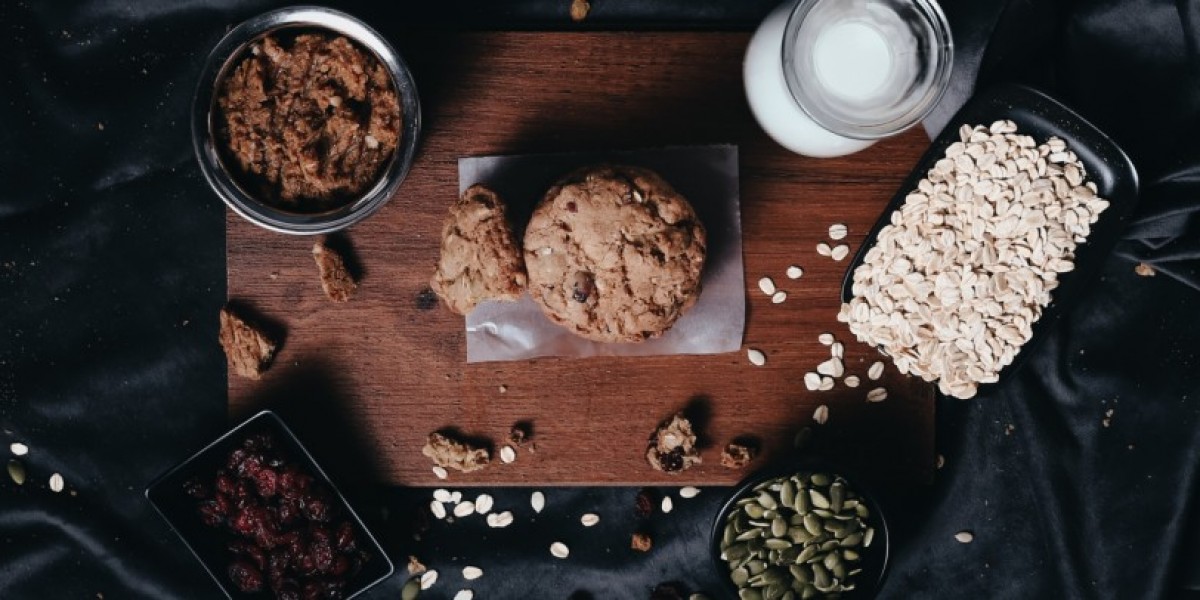Introduction
In the competitive landscape of the frozen food industry, custom frozen food packaging plays a crucial role in determining the success of a brand. It is not merely about preserving the quality and safety of the food but also about creating a lasting impression on the consumers. The right packaging can significantly boost your brand's visibility, attract more customers, and ultimately increase sales. In this article, we delve into the various aspects of custom frozen food packaging, exploring its benefits, types, materials, and trends, to help you make an informed decision for your brand.
Importance of Custom Frozen Food Packaging
Custom frozen food packaging is essential for several reasons:
Brand Recognition: Unique and attractive packaging designs help in building brand identity and recognition. Consumers are more likely to remember and repurchase products that stand out on the shelves.
Product Protection: High-quality packaging ensures that the frozen food remains fresh and safe from contamination, temperature fluctuations, and physical damage during transportation and storage.
Compliance with Regulations: Proper packaging meets the required food safety and labeling standards, preventing potential legal issues and ensuring consumer trust.
Consumer Convenience: Innovative packaging solutions can enhance the user experience, making it easier for consumers to store, open, and use the products.
Types of Custom Frozen Food Packaging
Choosing the right type of packaging is crucial for maintaining the quality of frozen food. Here are some popular options:
Flexible Packaging
Flexible packaging is widely used in the frozen food industry due to its versatility and cost-effectiveness. It includes:
Pouches and Bags: These are ideal for single servings or bulk packaging. They offer excellent barrier properties against moisture and oxygen, ensuring the food stays fresh.
Shrink Wrap: Often used for larger products or multipacks, shrink wrap provides a tight seal that protects the food from freezer burn and contamination.
Rigid Packaging
Rigid packaging offers superior protection and is often used for premium products. Common types include:
Plastic Containers: These are durable and can be designed in various shapes and sizes. They are also microwave-safe, adding to consumer convenience.
Cardboard Boxes: Often used for frozen meals and desserts, cardboard boxes provide excellent insulation and can be printed with high-quality graphics for better brand visibility. If you want to know more information about chinese boxes wholesale visit TopUSAPackaging.
Vacuum Sealed Packaging
Vacuum sealing removes air from the package, extending the shelf life of the food. It is particularly effective for preserving the texture and flavor of meats, seafood, and prepared meals.
Modified Atmosphere Packaging (MAP)
MAP involves altering the composition of the internal atmosphere of the package to prolong the freshness of the food. This method is often used for fruits, vegetables, and ready-to-eat meals.
Materials Used in Custom Frozen Food Packaging
The choice of material is critical for ensuring the packaging performs its intended functions. Here are some commonly used materials:
Plastic
Plastic is the most popular material for frozen food packaging due to its flexibility, durability, and excellent barrier properties. Common types include:
- Polyethylene (PE): Known for its strength and resistance to moisture, PE is ideal for bags and pouches.
- Polypropylene (PP): PP is used for containers and trays because of its clarity and high melting point, making it suitable for microwave use.
- Polyethylene Terephthalate (PET): PET is often used for clear, rigid containers due to its strength and recyclability.
Paper and Cardboard
Paper and cardboard are sustainable options that provide good insulation and are easily customizable with printed designs. They are commonly used for outer packaging and food wraps.
Aluminum
Aluminum offers excellent barrier properties against light, oxygen, and moisture. It is often used for trays and foil wraps, providing superior protection and preservation.
Trends in Custom Frozen Food Packaging
Keeping up with industry trends can give your brand a competitive edge. Here are some current trends in custom frozen food packaging:
Sustainable Packaging
With increasing consumer awareness about environmental issues, there is a growing demand for sustainable packaging solutions. Brands are now opting for materials that are recyclable, biodegradable, or made from renewable resources.
Smart Packaging
Smart packaging incorporates technology to enhance the functionality and consumer experience. This includes features like QR codes for product information, temperature indicators, and anti-tamper seals.
Innovative Designs
Creative and functional designs are becoming a key differentiator in the frozen food market. Packaging that is easy to open, resealable, and space-efficient is highly favored by consumers.
Personalized Packaging
Personalization helps in building a stronger connection with consumers. This can be achieved through customized designs, limited-edition packaging, and incorporating consumer feedback into the packaging design.
Best Practices for Custom Frozen Food Packaging
To ensure your custom frozen food packaging is effective, consider the following best practices:
Understand Your Target Market
Know your audience and tailor your packaging to meet their preferences and needs. For instance, busy families may prefer convenient, easy-to-open packaging, while eco-conscious consumers may look for sustainable options.
Focus on Functionality
While aesthetics are important, the primary function of the packaging is to protect the product. Ensure the packaging is durable, provides a good barrier against external elements, and maintains the quality of the food.
Invest in Quality Printing
High-quality printing enhances the visual appeal of your packaging and helps in conveying important information clearly. Use bold colors, attractive graphics, and clear fonts to make your packaging stand out.
Stay Compliant with Regulations
Ensure your packaging meets all relevant food safety and labeling regulations. This not only helps in avoiding legal issues but also builds consumer trust in your brand.
Test Your Packaging
Conduct thorough testing to ensure your packaging performs well under various conditions. This includes testing for durability, barrier properties, and compatibility with the frozen food.
Conclusion
Investing in custom frozen food packaging is a strategic move that can elevate your brand and drive sales. By choosing the right type, materials, and design, and staying abreast of industry trends, you can create packaging that not only protects your product but also appeals to consumers and stands out in the competitive frozen food market.








